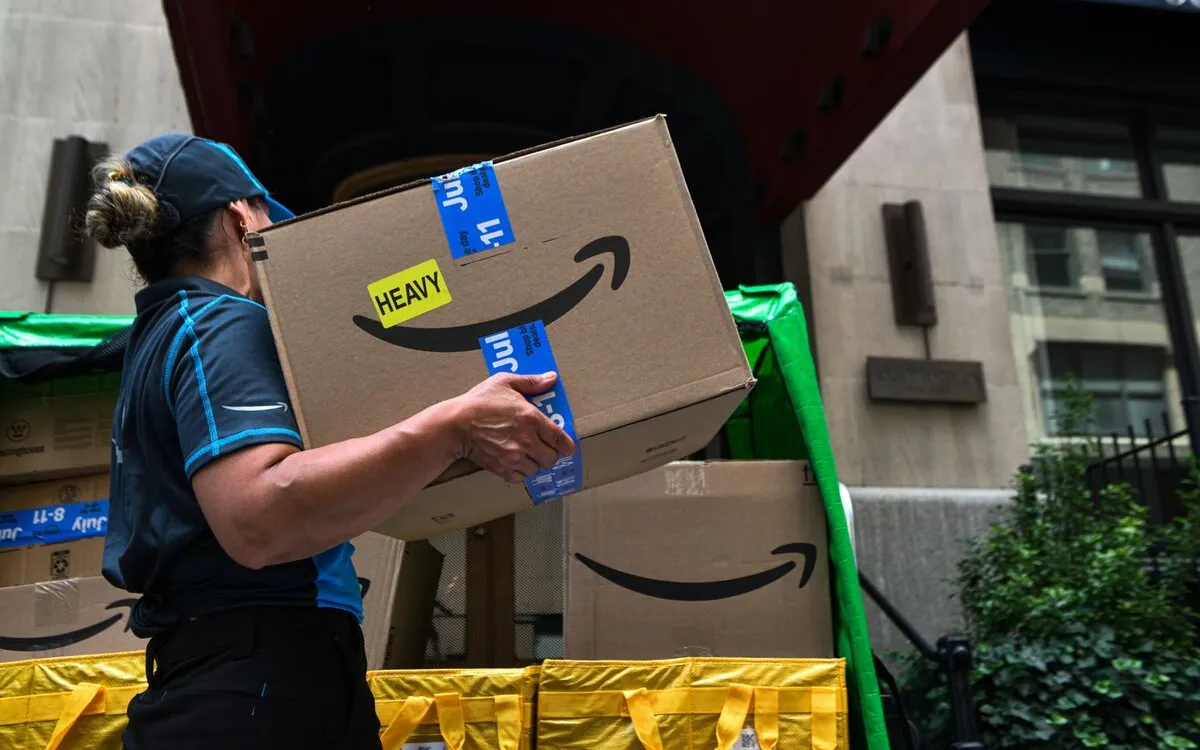
This year, Amazon.com Inc took a significant gamble by extending its annual Prime Day summer sale from two days to four. This strategic decision was aimed at providing shoppers with additional time to explore the millions of deals offered on its expansive online marketplace. However, the early results of this experiment have raised concerns about the effectiveness of this extension.
Amazon's leadership believed that by doubling the duration of Prime Day, they could enhance the shopping experience for customers. With more time to browse through a wide array of discounts, Amazon aimed to increase both sales and customer engagement during this peak shopping event. The company’s vast inventory, featuring everything from electronics to household items, was expected to attract a larger audience.
Despite the optimistic outlook, the preliminary results from the extended Prime Day sale are concerning. The anticipated surge in sales has not materialized as expected, leading to questions about the effectiveness of increasing the event's duration. As the remaining days of the sale approach, Amazon faces heightened pressure to turn the situation around and achieve the desired outcomes.
The challenges encountered during this year’s Prime Day could have lasting implications for future sales events. If the four-day format fails to deliver satisfactory results, Amazon may reconsider its approach to major sales in the future. The company’s strategy and execution during these critical shopping periods will be closely monitored by retailers and consumers alike.
As Amazon navigates the complexities of its extended Prime Day sale, the stakes are undeniably high. The company must assess customer behavior and adapt its strategies to ensure the success of this pivotal event. With millions of deals at stake, the outcome of these remaining days will significantly impact Amazon's reputation and sales performance.